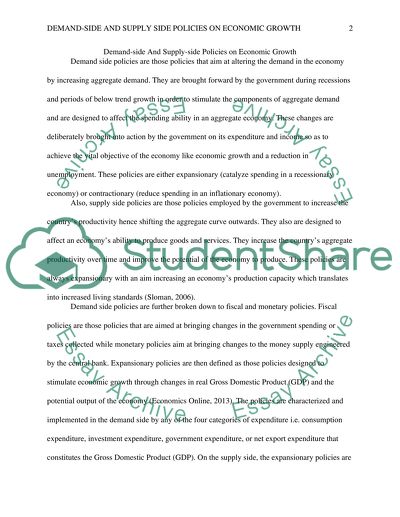Cite this document
(“Demand-side and Supply-side Policies on Economic Growth Case Study”, n.d.)
Retrieved from https://studentshare.org/macro-microeconomics/1474407-discuss-how-demand-side-policies-and-supply-side
Retrieved from https://studentshare.org/macro-microeconomics/1474407-discuss-how-demand-side-policies-and-supply-side
(Demand-Side and Supply-Side Policies on Economic Growth Case Study)
https://studentshare.org/macro-microeconomics/1474407-discuss-how-demand-side-policies-and-supply-side.
https://studentshare.org/macro-microeconomics/1474407-discuss-how-demand-side-policies-and-supply-side.
“Demand-Side and Supply-Side Policies on Economic Growth Case Study”, n.d. https://studentshare.org/macro-microeconomics/1474407-discuss-how-demand-side-policies-and-supply-side.


